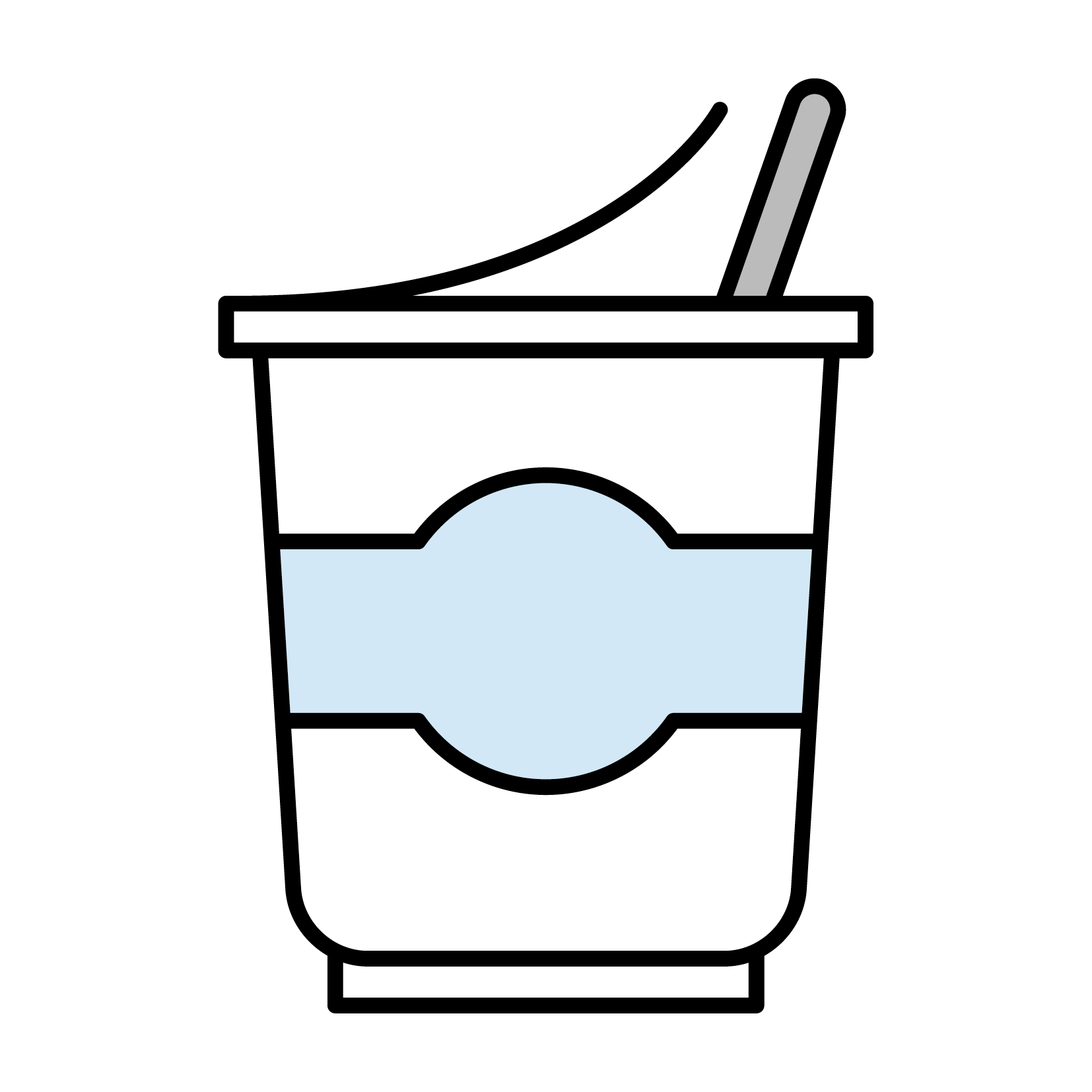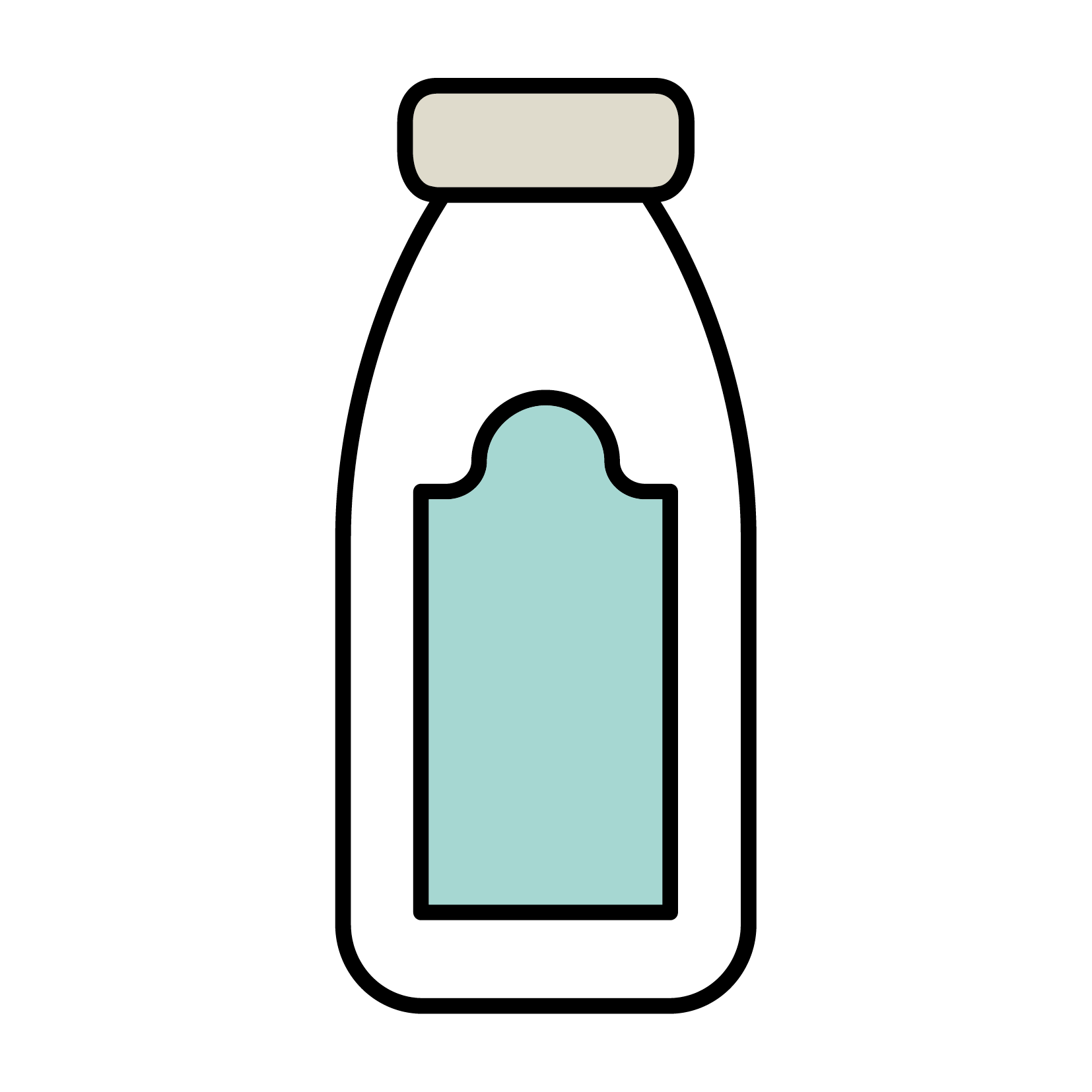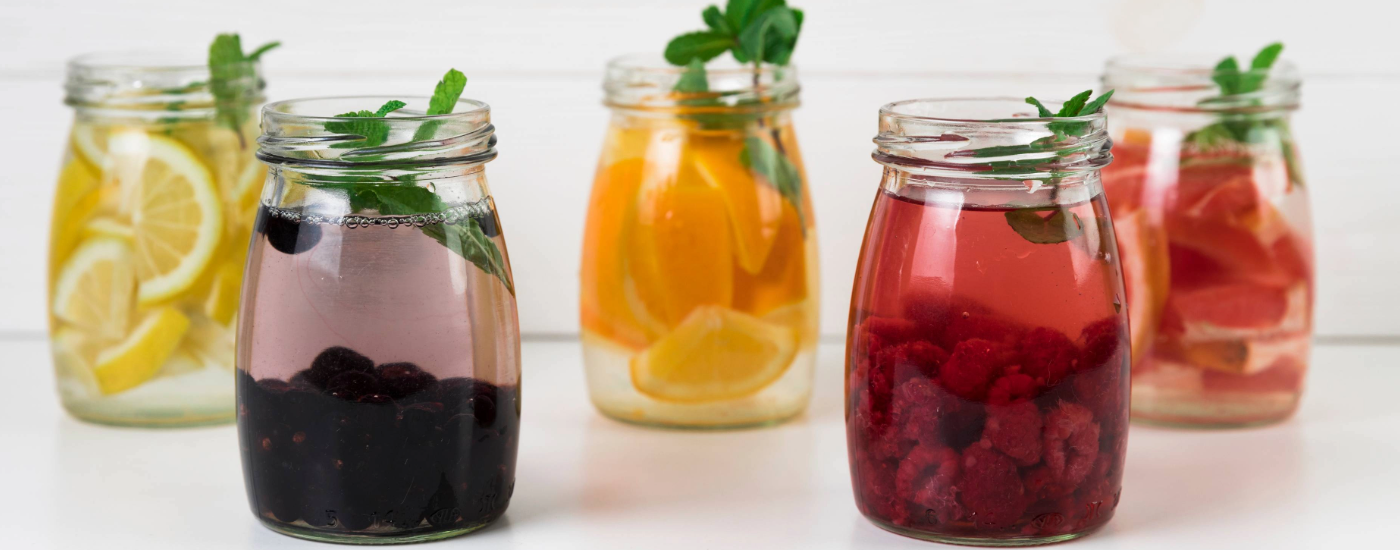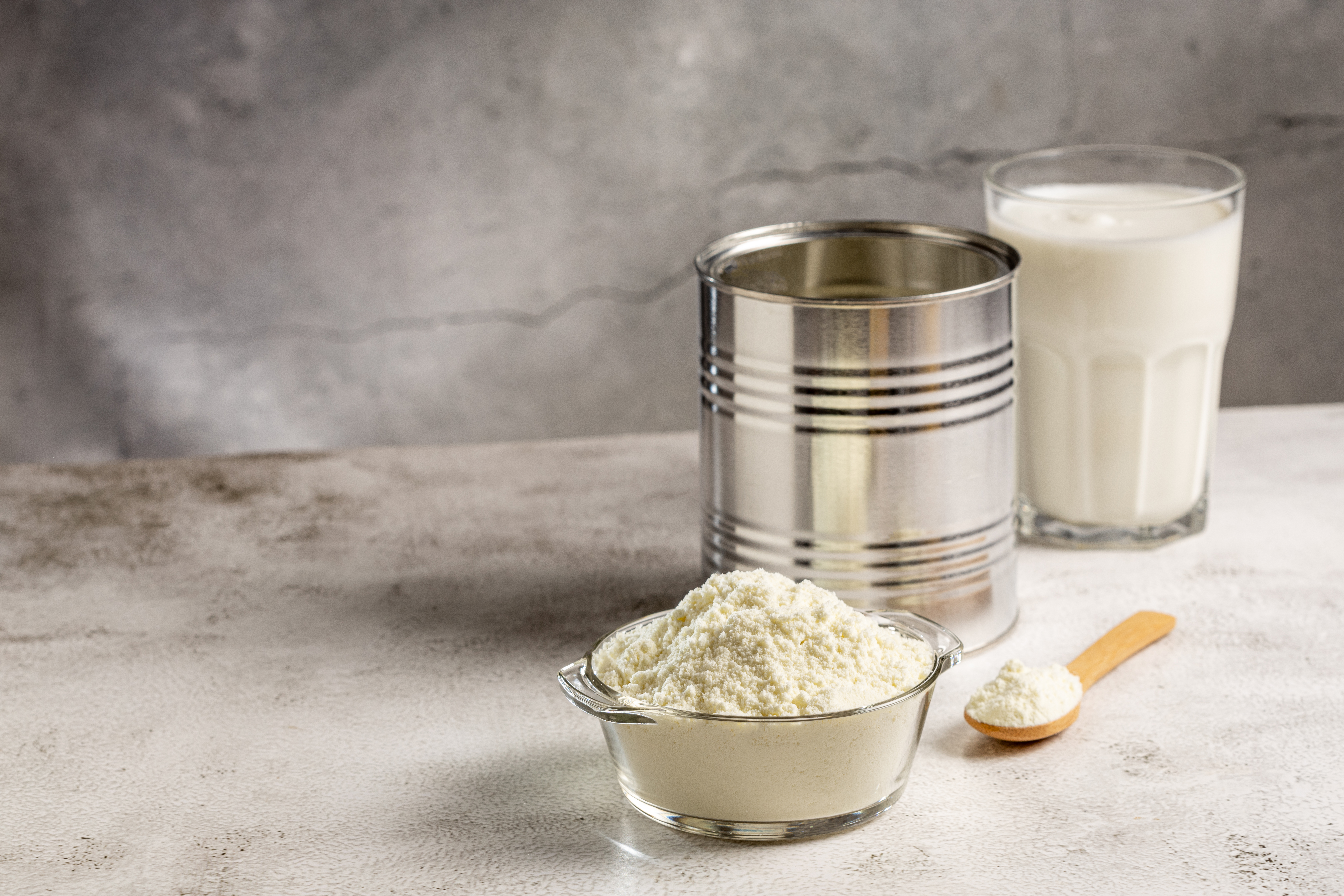Besides innovative high-protein formats such as ready-to-drink (RTD) beverages and dairy-free alternatives, high-protein yogurts continue as a staple in the dairy markets of Europe, Africa, and the Middle East. The share of products featuring high or added-protein claims continues to grow, reflecting rising consumer demand for functional nutrition. Additionally, high-protein claims are often associated with additional health-related claims, such as “low/no fat” or “no added sugar”.
Then again, increasing or reformulating protein content can impact key sensory attributes – including taste, texture, mouthfeel, and flavor release – in products like yogurts and milk-based beverages. This presents a formulation challenge, making it essential to carefully balance sweetness perception, acidity, and astringency to deliver on the growing demand for healthful indulgence.















